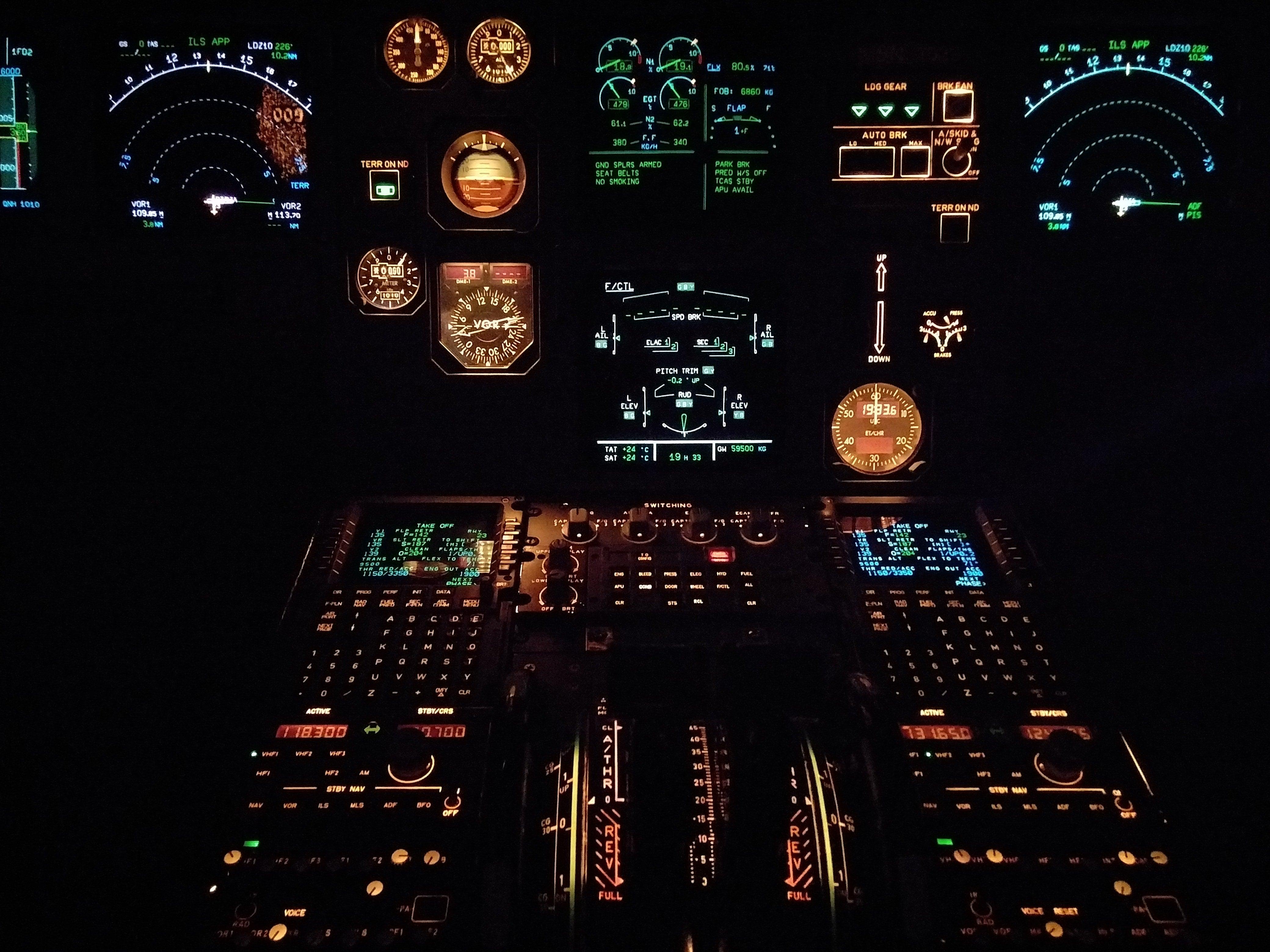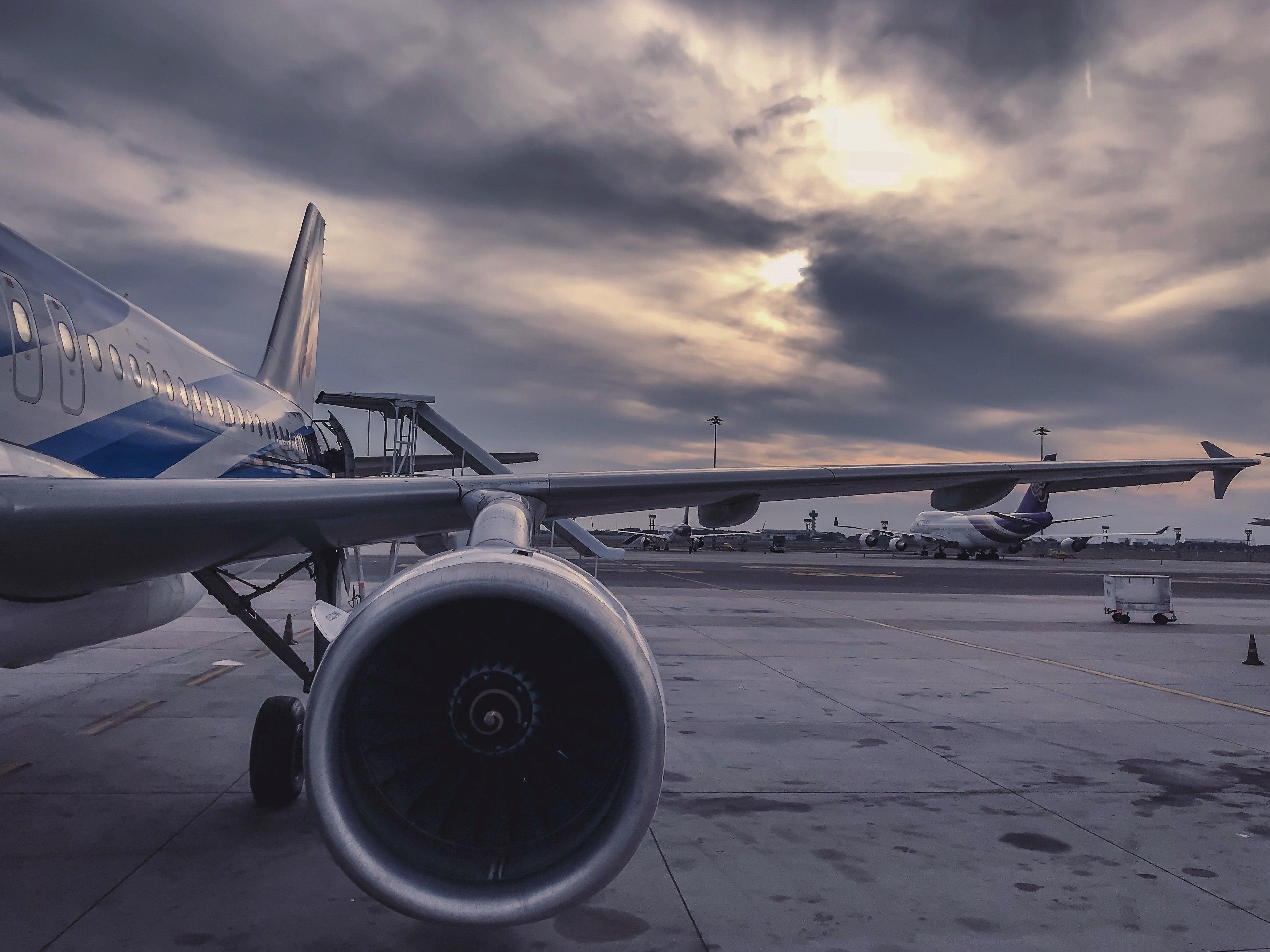
The Benefits of Aviation Safety and How It Impacts Our Lives
Aviation safety is one of the most important aspects of modern life. From commercial air travel to emergency response operations, aviation safety affects us all. It plays an essential role in keeping us safe in the air, on the ground, and in our daily lives. Aviation safety standards are designed to reduce the risk of accidents and mitigate their impact. It also helps ensure that passengers and goods are safely transported to their destination. By understanding the benefits of aviation safety, we can better appreciate the impact it has on our lives and the importance of maintaining high standards in the aviation industry.
Benefits of Aviation Safety
The benefits of aviation safety are numerous. Whilst we may take them for granted, aviation safety plays a critical role in our daily lives. When we travel to another country, meet family members at the airport, or send goods by air, aviation safety is there to protect us and ensure our safety. It is also used in emergency response operations, which means we can rest assured that our first responders will arrive safely at the scene of the emergency. Aviation safety has been instrumental in the advancement of mankind through the development of the tourism and travel industries, international trade, and the spread of ideas and information. Air travel is the fastest method of long-distance travel available to the majority of people in the world. It has transformed business, education, and personal relationships, making it possible to connect with people from around the globe. It also has the potential to provide access to those who cannot travel by land because of physical or economic limitations.
Aviation Safety Standards
Aviation safety standards outline the requirements to ensure the safety of an aircraft during flight. Every aircraft is required to meet these requirements before it is allowed to fly. The standards vary according to the type of aircraft. They include details on how the aircraft is built, how it is tested, and how it is maintained throughout its lifespan. The standards are set by regulatory authorities around the world, such as the FAA and EASA. They are also used in other industries to ensure safety, including the rail and road transport industries.
Aviation Safety Technologies
There are many technologies used in aviation to ensure safety. Here are just a few: Avionics: This is the electrical and data system on board an aircraft. It helps to monitor the health of the aircraft and ensure safe flying conditions. Deicing/anti-icing systems: These systems prevent ice from forming on the aircraft and its control surfaces. This helps to maintain flight safety during adverse weather conditions. Flight control systems: They are designed to protect the aircraft from unstable flight conditions and ensure safe landings. Flight management systems: They help pilots navigate the aircraft, track its position, and monitor its performance.
Impact of Aviation Safety on Daily Life
Aviation safety plays a crucial role in our daily lives. It is estimated that over two billion passengers are transported by air each year. When we consider how many passengers travel by air and the amount of goods that are transported by air, we can appreciate the significance of aviation safety. Aviation safety also plays a vital role in emergency response operations. It has the potential to save lives and prevent injuries by providing reliable and timely service. It also reduces the risk of delays, which is particularly important in times of emergencies or natural disasters.
The Importance of Maintaining High Aviation Safety Standards
A fundamental aspect of aviation safety is maintaining high standards. If the regulations surrounding aviation safety are not enforced, if safety standards are not maintained, or if the technologies used in aviation are not up to date, there is a significant risk of accidents and injuries. There are many high-profile accidents that have occurred due to a lack of aviation safety. The importance of maintaining high aviation safety standards cannot be overstated. It is important that regulatory bodies keep up with new technologies to ensure that they are applied appropriately in aviation. In addition, they need to enforce high standards so that they are applied effectively.
Challenges to the Aviation Safety System
There are many challenges that the aviation safety system faces. Here are a few of the most significant ones: Regulatory Bodies – Regulatory bodies are responsible for setting and enforcing the aviation safety standards. However, they are human-run organizations, and as such, they are prone to making mistakes and being influenced by outside factors. It is therefore important that they are transparent, accountable, and responsive to the public. Technological Advancements – Technologies are being developed at an exponential rate. It is important that regulatory bodies keep up with new technologies and ensure that they are applied appropriately in aviation. If they don’t, there is a risk that they will be used erroneously and compromise aviation safety. Human Errors – Human errors are inevitable. No matter how many safety precautions are in place, there will always be an element of human error. It is therefore important that aviation safety systems account for human errors and are designed to mitigate the impact of such errors.
Conclusion: The Significance of Aviation Safety
Aviation safety is an essential part of modern life. It is used in the commercial airline industry, in the travel and tourism industries, in international trade, and in emergency response operations. It is used to protect passengers and goods as they are transported to their destinations. It is also used to protect pilots, crew members, and passengers while they are in the air. The benefits of aviation safety are numerous, and they cannot be overstated. It is therefore important that we take them into account and appreciate their significance.



